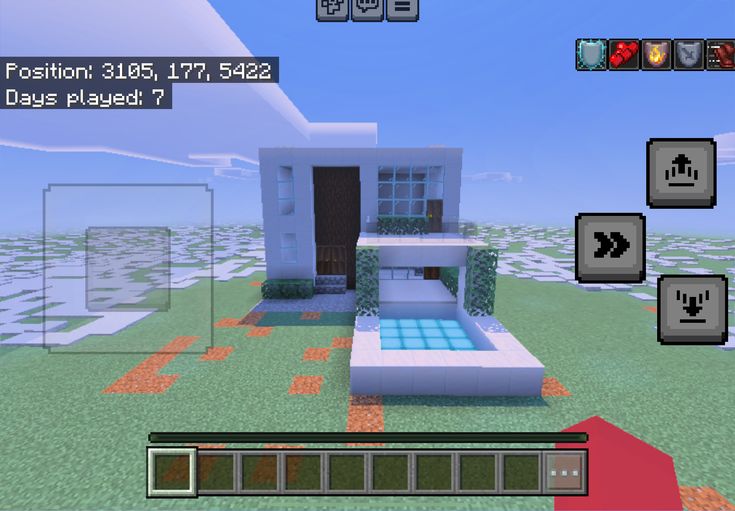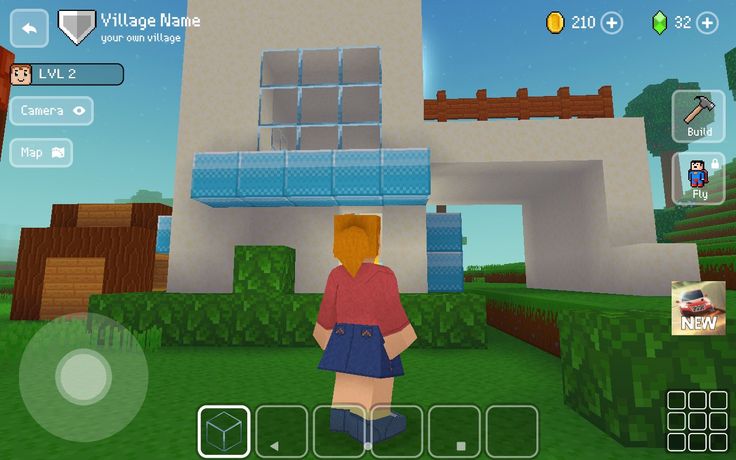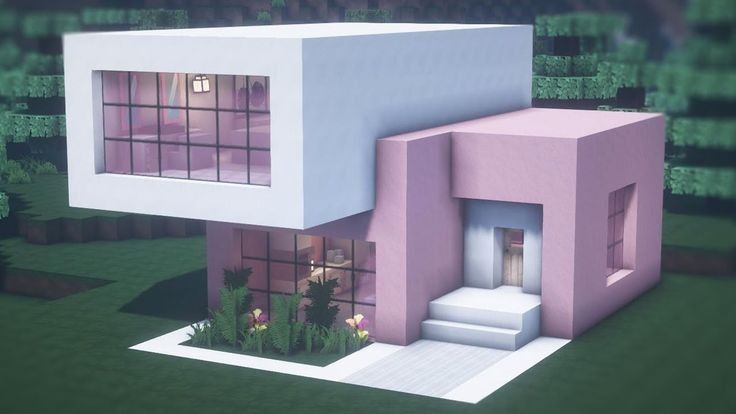Building a house in the game can also build the real world?
Late at night, you are still adding bricks and tiles to the dream castle in the game. You drag virtual bricks and wood with the mouse, carefully planning every corridor and every room. You may not have thought that this seemingly meaningless "building a house" behavior in the game is quietly changing our understanding of the real world, and may even become the invisible engine of future business changes.
This is not science fiction, but a reality that is happening. The seemingly solid dimensional wall between the traditional business world and the game world is being eroded by the wave of "gamification". When we talk about game technology, we often think of realistic pictures, complex physical engines, and immersive narratives. But what really deserves attention is the neglected and more subversive technology behind it-the freedom of user-generated content (UGC) and the mechanism of real-time collaboration and feedback.

Imagine that a real estate developer no longer relies on traditional architects and designers, but invites thousands of players to enter a highly simulated virtual city. They can freely use various modules and tools to build their dream homes on virtual land, and even plan the parks, commercial blocks and transportation networks in the community. This is not only a game, but also a huge and continuous "crowdsourcing" design platform. Through data analysis, developers can easily capture users' preferences, living habits and even expectations for the future community. Those design schemes that are frequently used by players in the game and the most praised community layout are the products that best meet the market demand.
The subversion of this model lies in that it completely transforms the traditional top-down product design process into a bottom-up user co-creation model. In the past, enterprises needed to invest huge sums of money in market research and hire professional teams to design, but the final products were often difficult to meet everyone's needs perfectly. The UGC model brought by game technology makes every user a potential designer and innovator. This not only saves costs, but also creates an unprecedented personalized experience of products and services.

In addition, the real-time collaboration and feedback mechanism in the game is also being used for reference by the business world. In the game, a team can share information in real time, complete tasks together, and get feedback from the system immediately. This efficient cooperation mode is being introduced into telecommuting, product development and even education. For example, a multinational company can let employees distributed in different time zones design a new product together in a virtual space through a virtual gamification platform, and see each other's modifications and suggestions at the first time. This kind of cooperation without borders and time difference has greatly improved efficiency and creativity.

We are moving from the era of "playing games" to the era of "using games". Games are no longer just the carrier of entertainment, but also a powerful tool, a new way of thinking, and a solution that can make the business world understand users better, make products more vital and make collaboration more efficient. When you add a window to the virtual castle in the game, you may inadvertently cast a new cornerstone for the commercial map of the real world.
Then, the next time you build your own world in the game, you might as well think about it: will what you create become the next explosion that changes business in the real world one day?
(Writer:Ganny)





